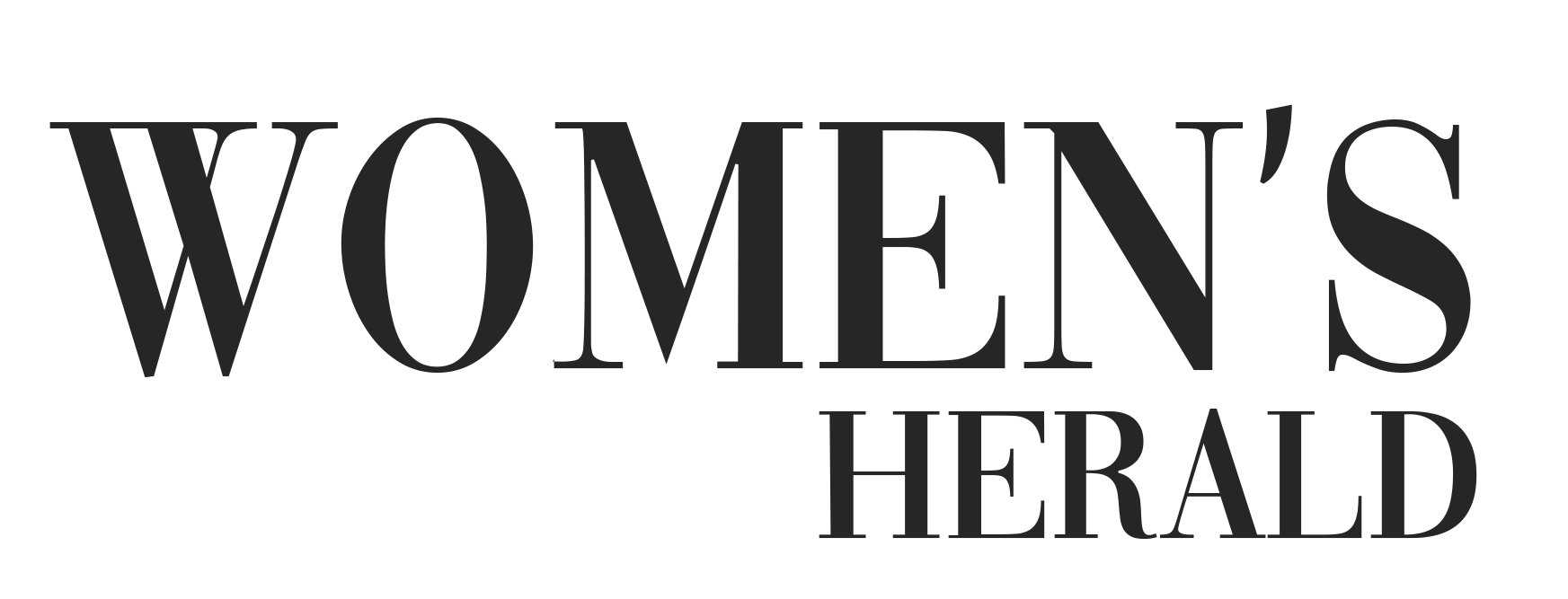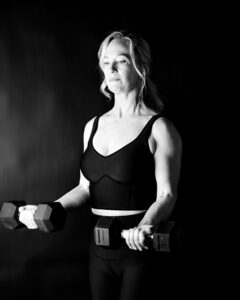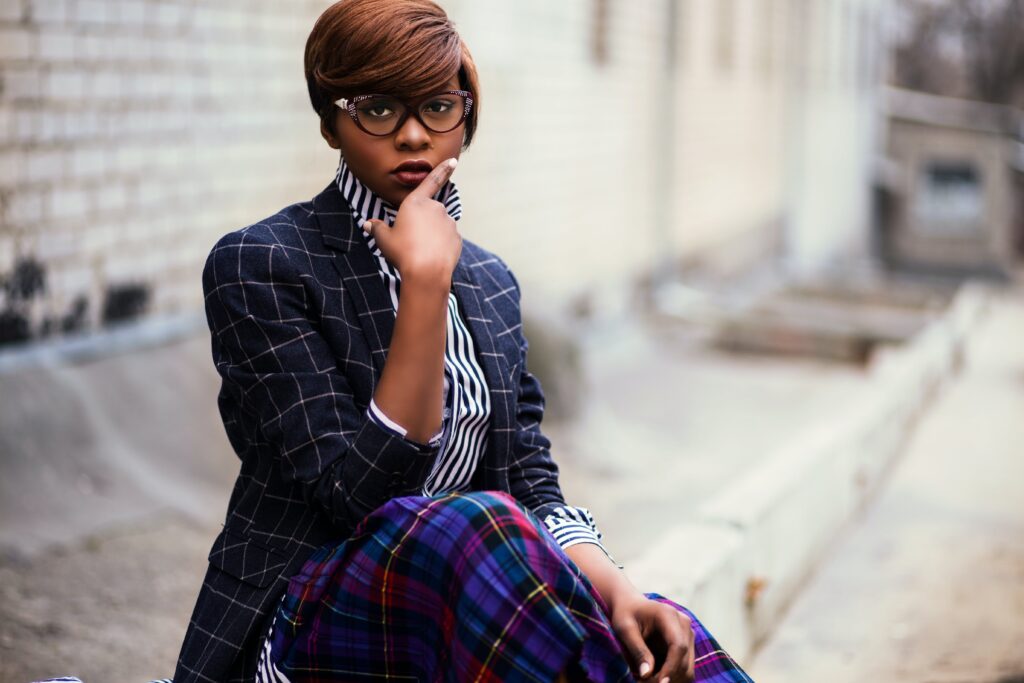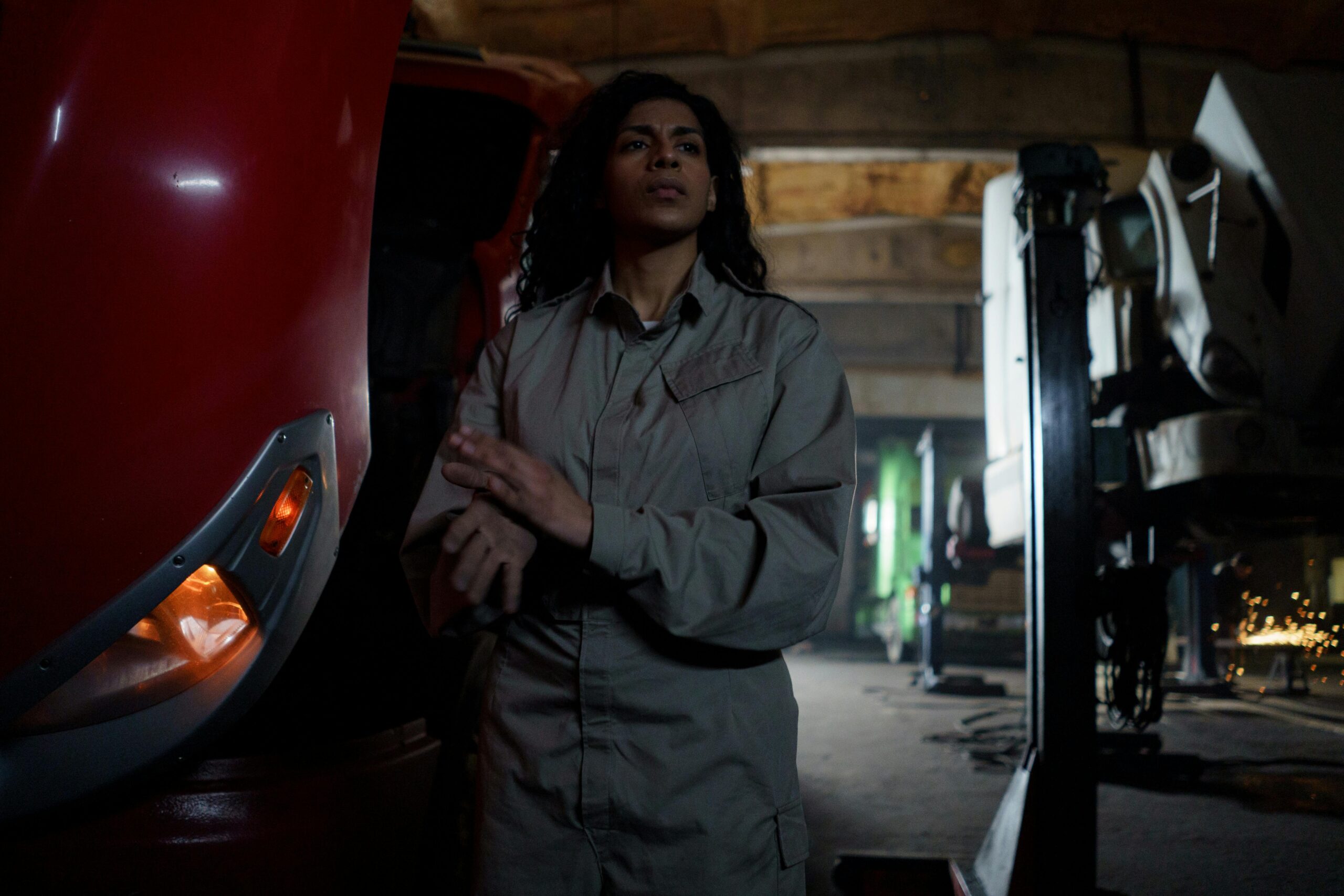In the ever-evolving landscape of societal norms and gender roles, one area that has undergone a remarkable transformation is women’s workwear. From the days of petticoats and restrictive corsets to the contemporary era of power suits and gender-neutral fashion, the journey of women’s work attire is a fascinating reflection of changing perceptions and empowerment.
Historically, women’s workwear has been synonymous with modesty and conformity. In the 19th century, the working woman’s wardrobe was dominated by long skirts, high collars, and corsets – an attire that symbolized societal expectations and restrictions on women’s roles. The prevailing belief was that women should prioritize domestic responsibilities over professional pursuits, and their clothing reflected this subservient role.
The early 20th century witnessed a shift in women’s workwear, driven by the suffragette movement and the entry of women into the workforce during World War I. As women took on roles traditionally held by men, their clothing had to adapt to the demands of the job. Skirts became shorter, and trousers made their first appearance, challenging the traditional norms and paving the way for more practical and functional work attire.
The mid-20th century marked a significant turning point in the evolution of women’s workwear, with iconic figures like Coco Chanel and Christian Dior reshaping fashion and challenging gender stereotypes. The post-war era saw the emergence of the “New Look,” characterized by tailored skirts, fitted blouses, and an emphasis on femininity. However, this era also witnessed a surge in women entering professional fields, demanding workwear that blended style with functionality.
The 1960s and 1970s brought about a revolution in women’s work attire, mirroring the societal shifts of the time. The feminist movement called for equality in the workplace, and fashion responded with the introduction of pantsuits and more androgynous styles. Women sought clothing that conveyed authority and professionalism, breaking away from the constraints of overly feminine attire.
The 1980s witnessed the rise of power dressing, epitomized by the iconic power suit. Shoulder pads, bold colors, and oversized blazers became the armor of professional women entering the corporate world. This era marked a clear departure from the subdued tones of previous decades, with women embracing bold fashion choices to command respect and assert their presence in the workplace.
As we entered the 21st century, the definition of women’s workwear underwent another transformation. The rise of tech and startup culture led to a more casual and relaxed approach to office attire. The stereotypical power suit gave way to a more diverse range of options, reflecting the increasing acceptance of individuality in the workplace. The emphasis shifted from conformity to personal expression, and women began to redefine what professional attire meant to them.
Today, women’s workwear is a dynamic and inclusive spectrum, accommodating various styles, preferences, and cultural influences. The fashion industry has responded to the demand for versatility, with designers creating collections that seamlessly blend comfort, style, and professionalism. From traditional business attire to more casual and creative environments, women can choose outfits that align with their personal brand and the expectations of their workplace.
The evolution of women’s workwear is a testament to the progress made in gender equality and the breaking down of societal barriers. The journey from petticoats to power suits represents not only a shift in fashion but a broader societal change in the perception of women in the workforce. As women continue to excel in diverse fields, their clothing choices reflect a blend of tradition, empowerment, and individuality, shaping a future where women can confidently express themselves in any professional setting.









